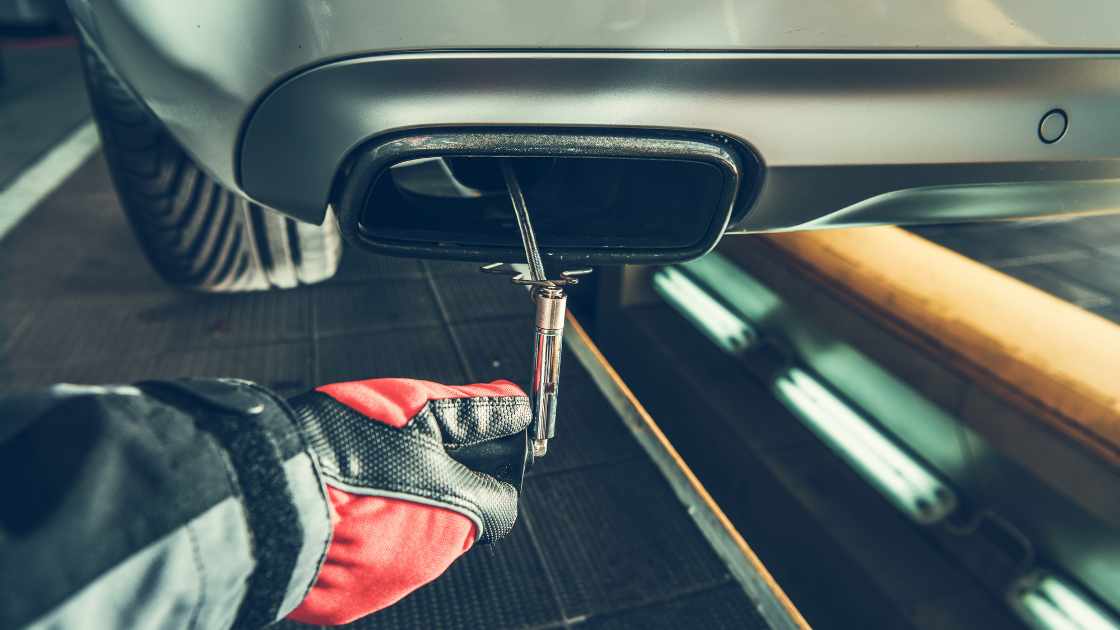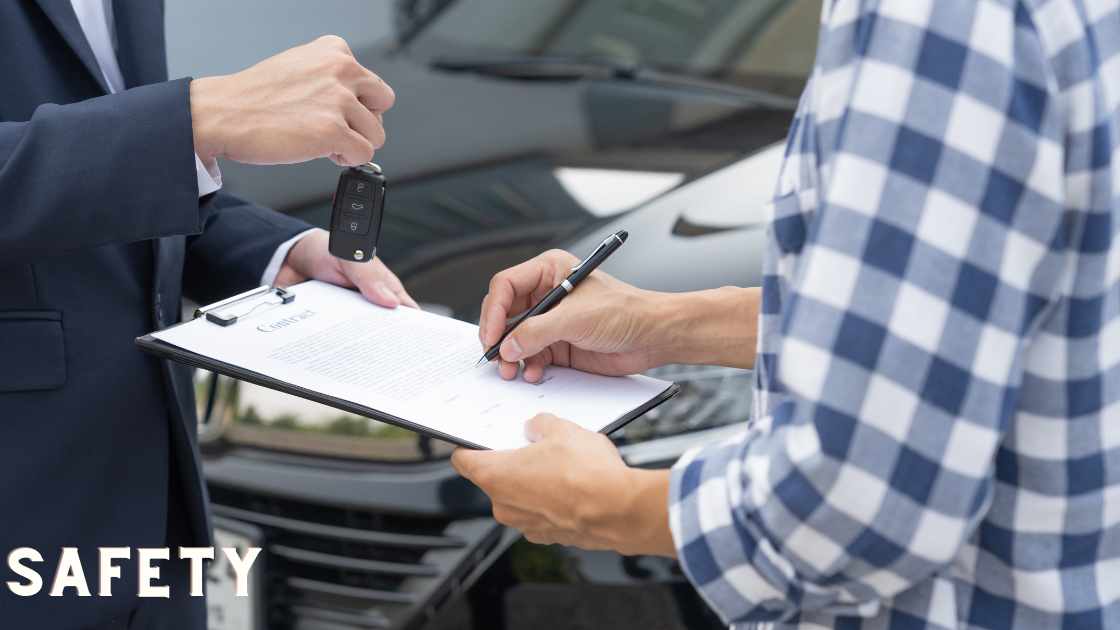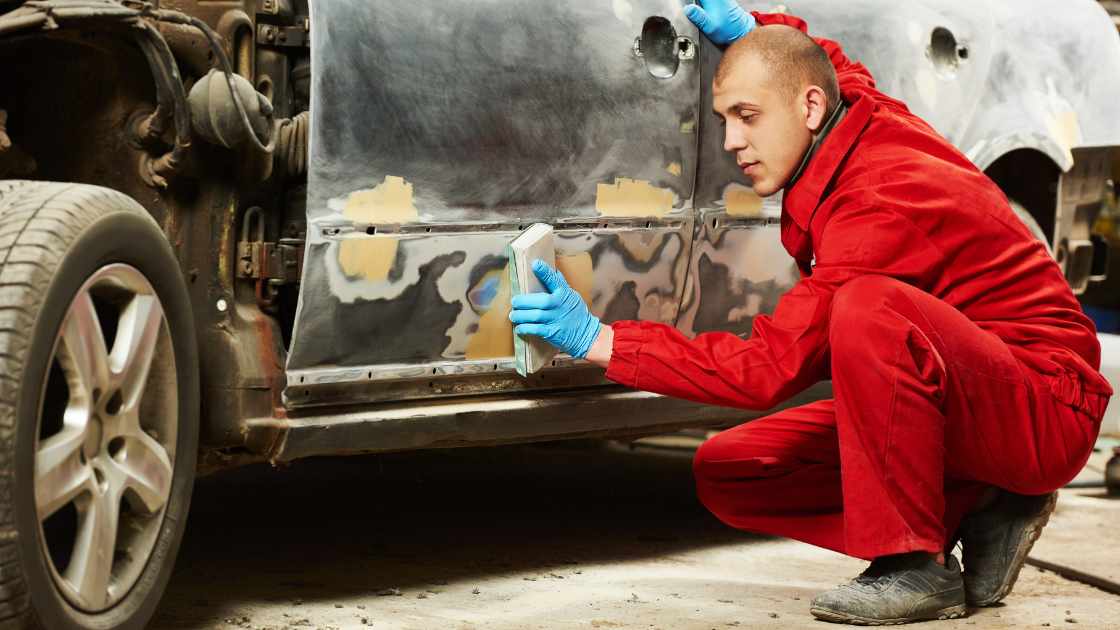Table of Contents
ToggleHow Long Should I Drive My Car Before an Emissions Test?
Understanding Emissions Testing
Emissions tests, also known as smog tests, measure the amount of pollutants your vehicle emits into the air. These tests are typically required periodically, depending on your location and local regulations. The primary goal is to identify vehicles that exceed established emission standards, contributing to air pollution and environmental degradation.
Factors Influencing Emission Readiness
Type of Vehicle
Different vehicles have varied emission control systems, and their readiness for testing can vary. Older vehicles might require more preparation than newer ones with advanced emission control technologies.
Recent Repairs or Maintenance
If you’ve recently had repairs or maintenance work on your vehicle, it’s crucial to allow some time for the onboard diagnostic (OBD) system to complete its self-checks. These self-checks ensure that the emission control systems are functioning correctly.
Driving Conditions
Your driving patterns can influence your vehicle’s emission readiness. Short trips may not provide sufficient time for the emission control systems to warm up and operate optimally. Extended highway driving is often recommended to help your vehicle reach the necessary operating temperature.
Tips for Preparing Your Vehicle
Follow Maintenance Schedules
Regular maintenance, including changing the oil, air filters, and spark plugs, contributes to optimal engine performance and emission control.
Drive Under Various Conditions
To ensure your vehicle’s emission readiness, incorporate a mix of driving conditions. This includes both city driving and highway driving, allowing the emission control systems to adapt to different scenarios.
Use High-Quality Fuel
Using high-quality fuel with proper additives can help keep your engine and emission control components clean, contributing to better performance during the emissions test.
Perform a Pre-Test Inspection
Check for any visible signs of exhaust system issues, such as leaks or damaged components. Addressing these issues beforehand can prevent test failures.
FAQs
How long should I drive my car before an emissions test?
The duration you should drive your car before an emissions test varies based on several factors. Generally, it’s recommended to drive for at least 20-30 minutes, including a mix of city and highway driving. This allows the vehicle’s emission control systems to warm up and perform necessary self-checks.
Does the age of my vehicle affect the preparation time for an emissions test?
Yes, the age of your vehicle can influence how long you should drive before an emissions test. Older vehicles may require more preparation time as their emission control systems might not be as advanced as those in newer models. It’s advisable to follow the manufacturer’s recommendations and consult with a mechanic if needed.
Can recent repairs impact the readiness of my car for an emissions test?
Absolutely. If you’ve had recent repairs or maintenance on your vehicle, it’s crucial to give the onboard diagnostic (OBD) system some time to complete its self-checks. Driving for approximately 20-30 minutes under various conditions allows the system to ensure that the emission control components are functioning correctly after the recent work.
Final Thought
The duration you should drive your car before an emissions test depends on several factors, including the type of vehicle, recent repairs or maintenance, and driving conditions. To ensure a successful emissions test, follow a regular maintenance schedule, drive under various conditions, and address any visible issues before the test. By taking these proactive measures, you increase the likelihood of your vehicle passing the emissions test and contribute to a cleaner, healthier environment.

Alisa Perry is a writer, driver, and expert on all things car-related. Based in Portland, she has dedicated her career to helping others learn the basics of driving, and is passionate about sharing her knowledge with as many people as possible. With years of experience behind the wheel, Alisa is a trusted voice in the driving community, and is always eager to help others improve their skills and become safer, more confident drivers.





